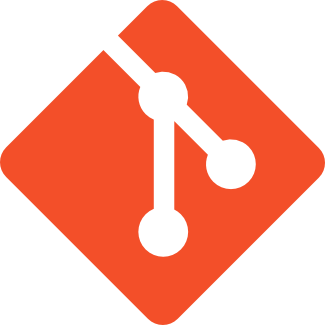0
Beware the pretty ones? This isn't high school
by Brian Boyko, Contributor - March 24, 2015
Normally, I’d be the first to agree with an article whose premise implies that the nature of the tech industry is changing, because when is it not? However, I’m not sure I agree with the central premise of this article by Jon Evans at TechCrunch. He asserts that the tech industry was originally the personal playground of geeks and has become co-opted by the “cool kids” as the industry has matured and grown.
It is true, as Evans contends, that many geeks are motivated more by the work than by impressing other people or making money, and that the tech industry probably offers more opportunities to people like that than some other industries.
But I think Evans’ idea of the geek vs. the pretty people is, well, short-sighted, and kind of “high schoolish.” It is not us vs. them - there isn’t even an us or them. “People skills” and “technical skills” are not mutually exclusive. And they never have been.
Yes, it is true that the tech industry has been the go-to “safe haven” for technically minded, socially awkward people, Continue reading
 Avni's cloud-centric approach to Layer 4-7.
Avni's cloud-centric approach to Layer 4-7. An analyst report envisions Arista ramping up with XPliant.
An analyst report envisions Arista ramping up with XPliant. Being a network engineer, Git is not something that I used to use very frequently before I started messing around with Kubernetes. It can be a frustrating tool to work with if you don’t know exactly what you’re doing. And while it tries to help you from cutting yourself, it’s pretty easy to lose code you’ve worked on if you aren’t careful. On the flip side, once you learn the basics it’s a very awesome tool for all kinds of revision tracking.
Being a network engineer, Git is not something that I used to use very frequently before I started messing around with Kubernetes. It can be a frustrating tool to work with if you don’t know exactly what you’re doing. And while it tries to help you from cutting yourself, it’s pretty easy to lose code you’ve worked on if you aren’t careful. On the flip side, once you learn the basics it’s a very awesome tool for all kinds of revision tracking. The API gold rush has begun.
The API gold rush has begun.